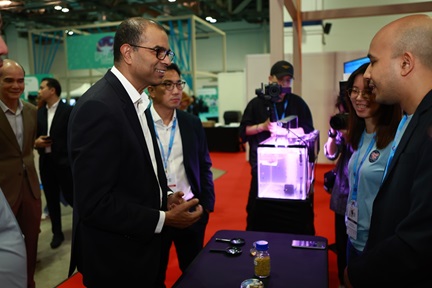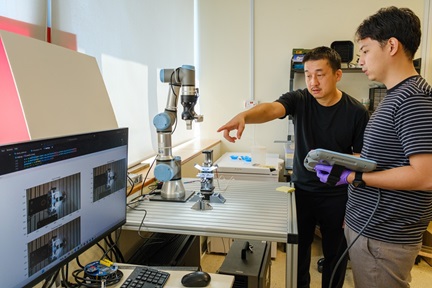Topological’ laser can route light around corners
The device has the ability to route light particles around corners and to cope with defects in the manufacture of the device
Scientists and engineers from Nanyang Technological University, Singapore (NTU Singapore) and the University of Leeds in the UK have created the first electrically-driven ‘topological’ laser, which has the ability to route light particles around corners - and to cope with defects in the manufacture of the device.
Electrically-driven semiconductor lasers are the most common type of laser device today. They are used in products such as barcode readers and laser printers, for fibre optic communications, and in emerging applications such as laser ranging sensors for self-driving cars.
However, their manufacture is an exacting process and current laser designs do not work well if any defects are introduced into the structure of the laser during these processes.
The Singapore-UK advance reported in Nature today (13 February) overcomes this long-standing problem and promises to lead to more efficient and less wasteful manufacturing using existing semiconductor technologies. This is accomplished by harnessing a concept from theoretical physics known as the topological states, in order to make a ‘topological laser’.
“Every batch of manufactured laser devices has some fraction that fails to emit laser light due to imperfections introduced during fabrication and packaging,” said Professor Qi Jie Wang, the lead scientist from NTU Singapore’s School of Electrical and Electronic Engineering. “This was one of our motivations for exploring topological states of light, which are much more robust than ordinary light waves.”







